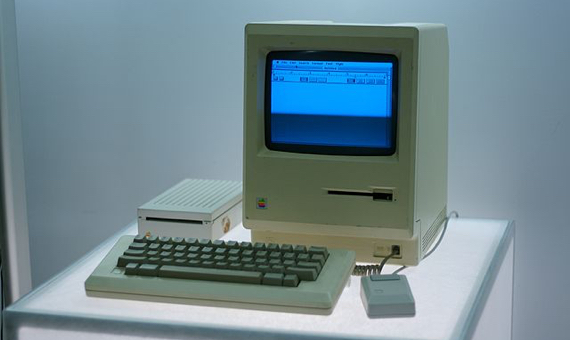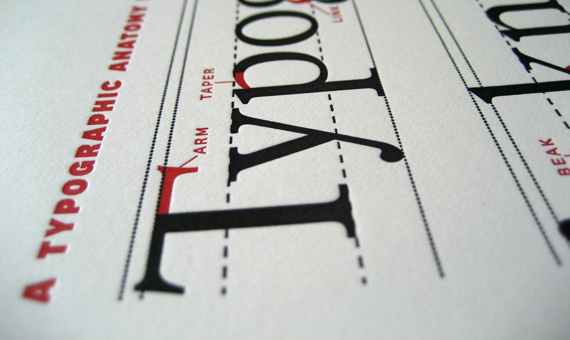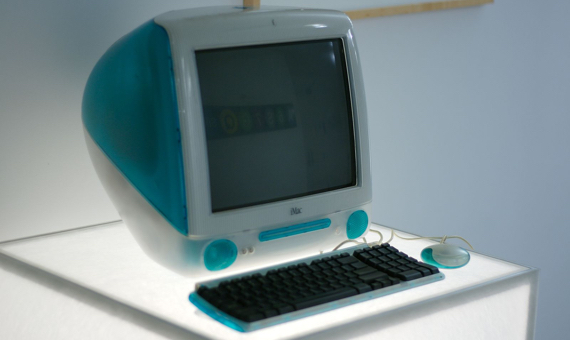“One of the greatest inventors of the last century” On October 5, 2011 Steve Jobs died, and with this epitaph the worldwide media said goodbye. Three years after his death, we look back on the inventor side of his legacy, as contentious and controversial as the rest of his personality.
His name appears as the author of 346 patents in the US registry, but his actual role in all these innovations has been challenged, as he really had no skills as a designer or engineer. In fact, his official biographer, Walter Isaacson, describes him as a tweaker: someone who, rather than invent, was devoted to tweaking and refining already-invented devices and technologies in order to simplify their use.

Macintosh: A great leap in the career of Steve Jobs was the introduction of the original Macintosh (1984), the first consumer computer with a graphical user interface. In other words, it had an operating system with windows and icons, and a mouse to move between them. This idea did not originate with Steve Jobs. It’s well known how he was inspired during a visit to the Xerox research centre, where all these ideas had already been developed. But Jobs managed to pack them all into a revolutionary computer, adding a few touches of his own.

Typography on screen: One of the major innovations of the original Macintosh was that it showed on the screen the font chosen for the text. Until then, what was drawn on computer screens was just like on a typewriter. It was on the insistence of Steve Jobs that the first Mac had the ability to display different fonts. As he explained in his famous speech at Stanford University, this effort was due to a fleeting period in college when he was bored and decided to take a course in calligraphy.

Mouse: Steve Jobs was not the inventor of the mouse, but during his career at the head of Apple, one of his obsessions was to perfect this device for communicating with computers, though the results were rather disparate. He first got it right with the simple one-button mouse for the original Macintosh, much simpler than the mice that he had discovered on his visit to Xerox PARC. Next, on the launch of the iMac, he insisted on the idea of a single-button mouse, but with a circular design that made it much more uncomfortable and confusing to users. Finally, with his immodest “Mighty Mouse” and “Magic Mouse,” he corrected the mistake and took his idea even further: Apple mice no longer have any buttons.

iMac (1998) + iPod (2001) + iPad (2010): These three devices fall into the same category. With them, the Californian “tweaker” proposed reinventing three devices that seemed to him to be stagnant and/or useless: the personal computer, the MP3 player and the tablet PC. In all three cases his strategy was the same. He led teams of talented designers and software engineers and had them invent more and more prototypes. Then he eliminated the vast majority until he was left with one that did not upset him and, from that prototype, he had them start over, once again refining, looking for simplicity and beauty.

iPhone: This same “Jobs method” was the key to developing the iPhone, perhaps the technological work that definitively exalted the president of Apple in 2007. Rather than reinventing the smartphone, the iPhone integrated functions of other mobile devices such as MP3 players, GPS navigators or even cameras, almost sweeping the market. The key to integrating all these capabilities into a single terminal was reinventing the operating system, again putting together pieces that already existed: icons, touchscreens and gesture control (like using two fingers to enlarge or reduce a picture on the iPhone, or swiping the screen to unlock the phone).
After the announcement of the iPhone in January 2007, the competitors of Apple began working on this same product line, and from there arose the disagreements of Jobs with executives from Google and Samsung. The great “tweaker” disliked that others were inspired by his creations. Thus he started a patent war in which he won a great battle posthumously: in October 2013, Apple won a patent that gathers together, in 364 pages, many details of the original iPhone. Apple had just passed two years from the death of its technological father, and that macro-patent became known as the “Steve Jobs Patent”.
Comments on this publication